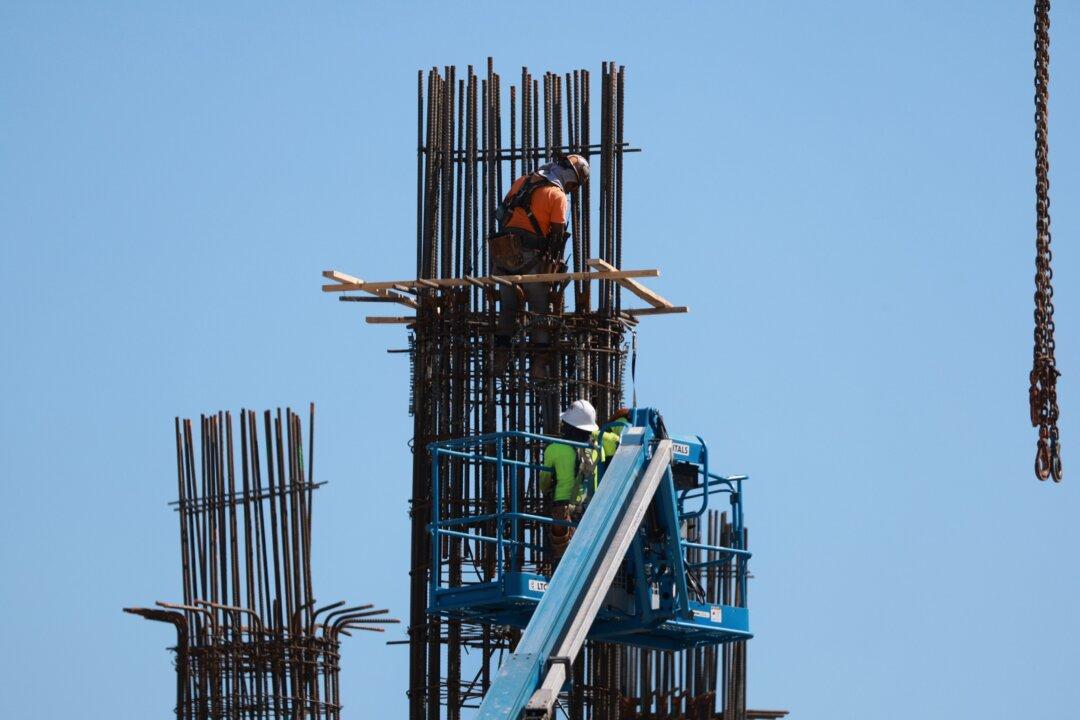U.S. job openings unexpectedly rose last month, but the strong labor market numbers could lead the Federal Reserve to raise interest rates again in June.
Fed Chairman Jerome Powell has repeatedly stated that the elevated openings-to-unemployed ratio was an indication of how tight the job market was and that the ratio could be reduced without the unemployment rate rising significantly.
Unless the central bank can return levels to the pre-pandemic ratio of 1.2, which critics see as unrealistic, Fed policymakers worry that the tight labor market will put upward pressure on inflation.
The quits rate, the number of people quitting their jobs and a measure of labor market confidence, fell to 2.4 percent last month from 2.5 percent in March.
This was in line with a Conference Board report from May 30 that showed confidence in May falling to its lowest level since April 2021.
The number of new hires rose, suggesting employers were increasingly taking in new applicants and those unemployed rather than poaching employees from other companies.





